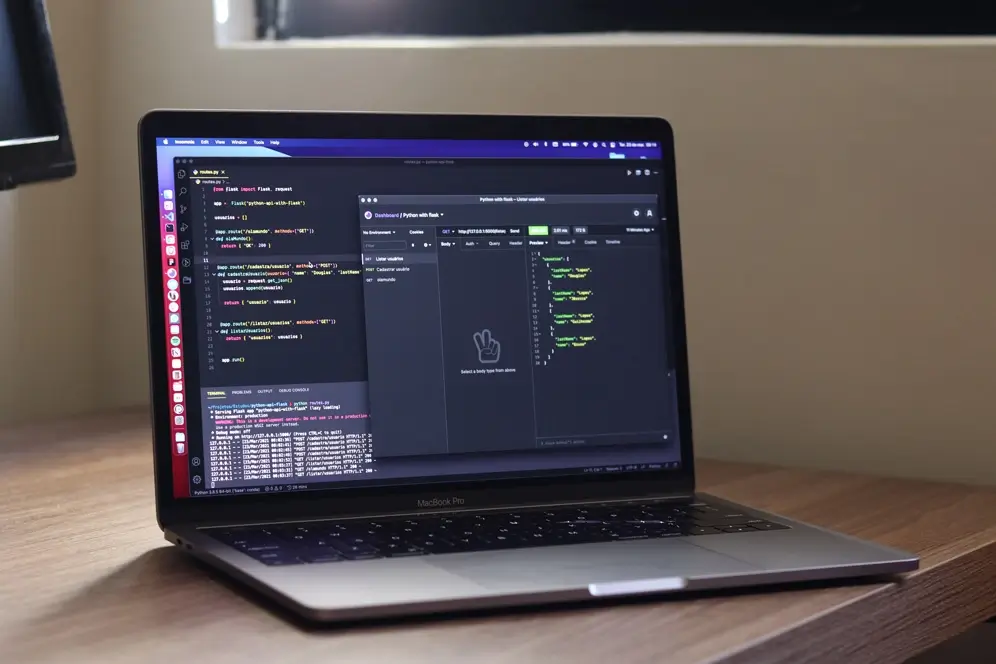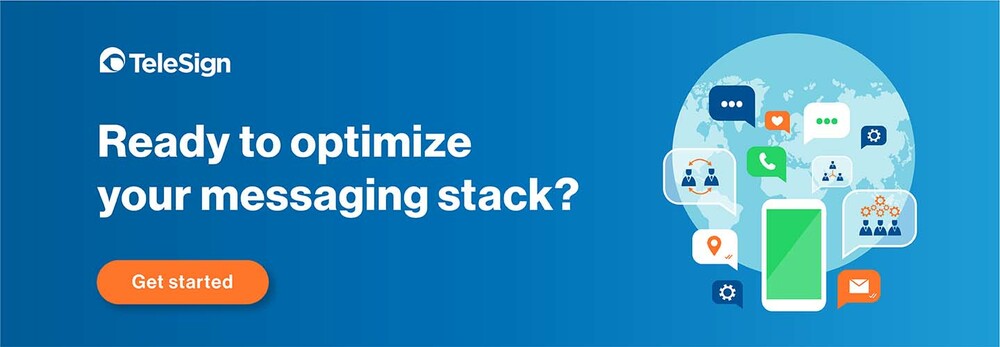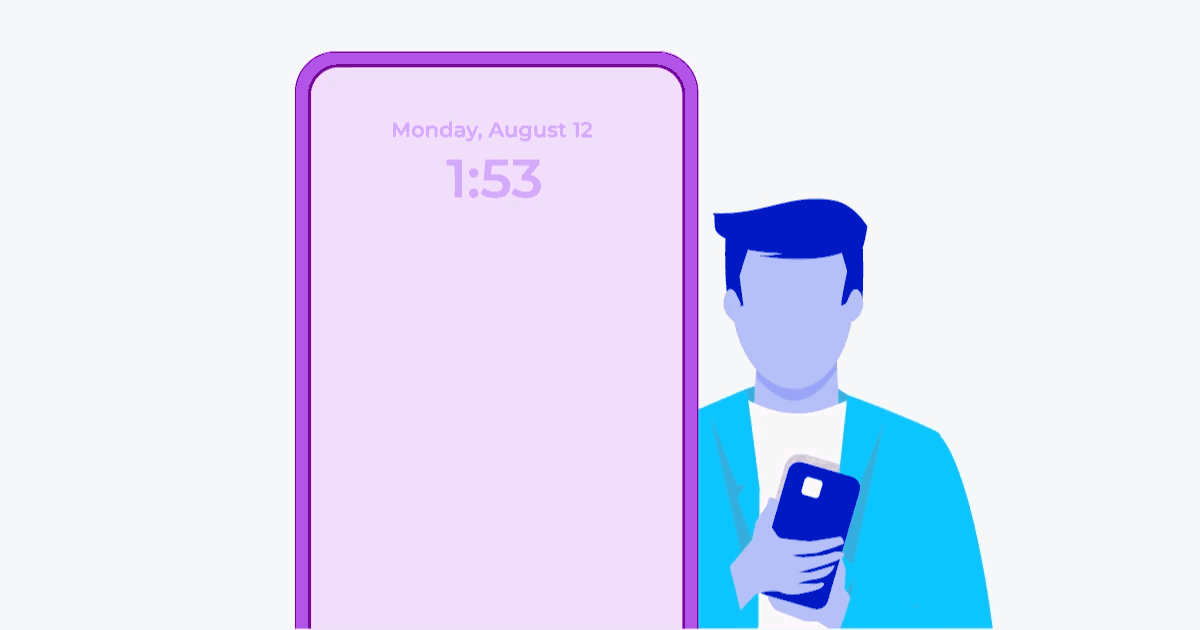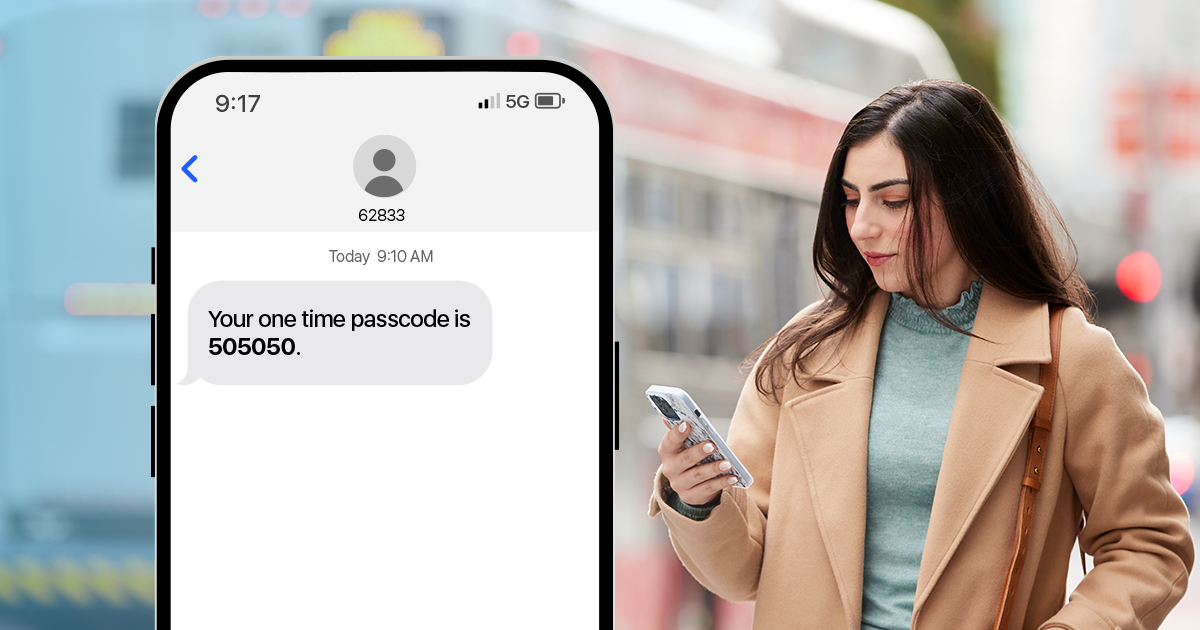
SMS has been a consumer staple for more than two decades. Long before smartphones and high-speed internet, SMS pioneered real-time communications. Today, SMS is ubiquitous. More than 5 billion people – 65% of the world’s population – send and receive text messages. And the penetration is significantly higher in established countries – like Russia, where 9 out of 10 people receive SMS messages.

Despite its old age, SMS communications remains an operational linchpin. From account verifications to booking confirmations, billions of messages are sent and received every day. Boasting a nearly 100% open rate, SMS is the most effective way to communicate with your customers. But there is a sizable percentage of customers who don’t receive SMS or prefer alternative communications channels – like WhatsApp, which has more than 2 billion monthly users.
Digital-focused businesses need a reliable and secure multichannel messaging stack with the ability to engage customers anywhere in the world.
Table of Contents
Start with programmable communications

Programmable communications allow you to embed messaging, voice, and multimedia capabilities into your mobile and web applications. With a single, easy-to-implement API, you can send and receive or facilitate customer communications across popular messaging channels like SMS, RCS, WhatsApp, and Viber. It’s easy to customize your communication to deliver the perfect customer experience. Getting started is quick and so is scaling globally. No matter where your customers are located, they are always within reach.
Reducing customer communications costs

Although hot, mobile communications is a commodity. Every Communications Platform as a Service (CPaaS) vendor offers global reach, promises nearly 100% delivery rates, and competes on price. When you send millions – or even billions – of messages, saving a fraction of a cent is significant. And when you reduce the number of messages sent to fake accounts and uncleansed numbers, the cost savings continue to rise.
Like barrels of oil, SMS pricing is fluid. It varies month-to-month, market-to-market, and vendor-to-vendor. Integrating into multiple CPaaS providers not only gives you control over operational costs but provides a security blanket.
Create redundancy to minimize risk and maximize quality

Despite the reach and deliverability guarantees, SMS communication is not perfect. Networks have outages, routes fail, and messages go undelivered. While most CPaaS services offer automatic waterfall failover systems, which redirect SMS and voice communication to secondary providers, but those can also fail. Businesses that rely on real-time customer communication need to develop an owned contingency framework.
In addition to minimizing risk, having access to multiple messaging APIs increases deliverability quality and customer experience. With more than 800 mobile network operators, the global telecommunications landscape is complex. CPaaS providers have varying strengths and weaknesses in route quality across global markets. By optimizing your SMS stack, you’ll maximize your reach in every market.
Digital-first companies that rely on real-time customer communications need control – your customer experience depends on it. Creating redundancy in your messaging stack expands reach and reliability while reducing cost and risk.



